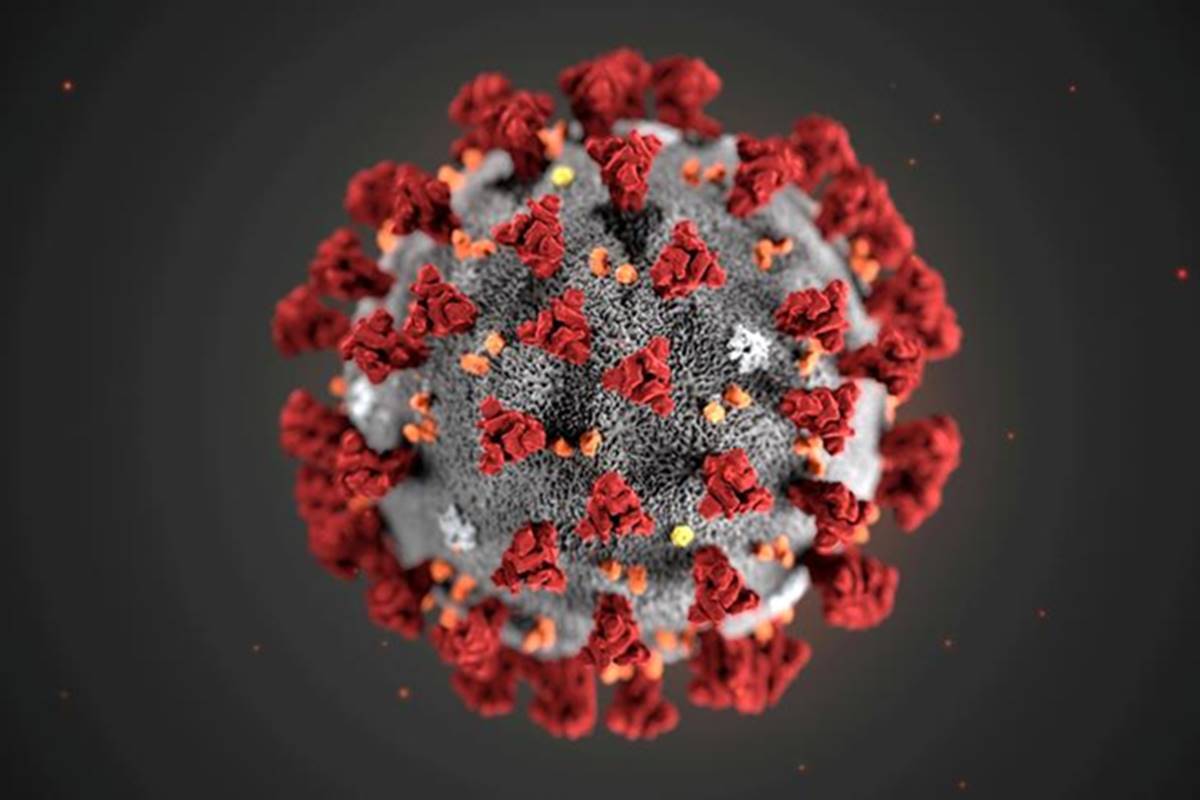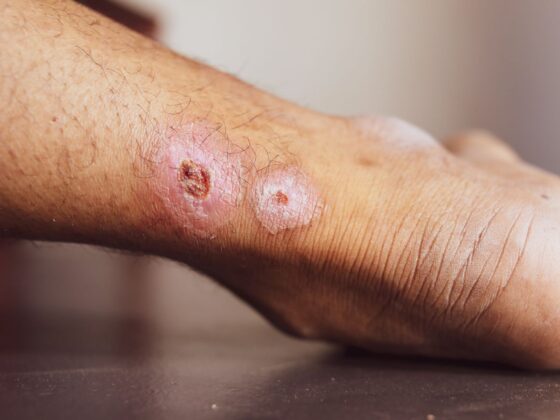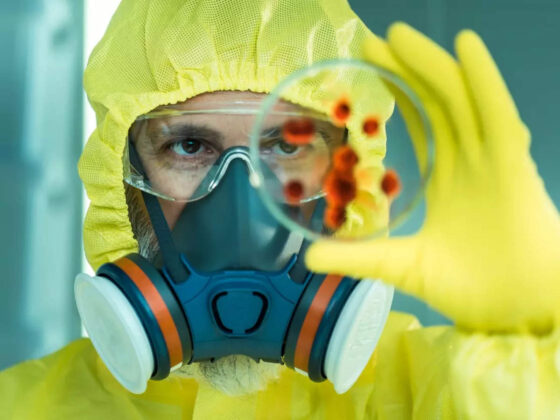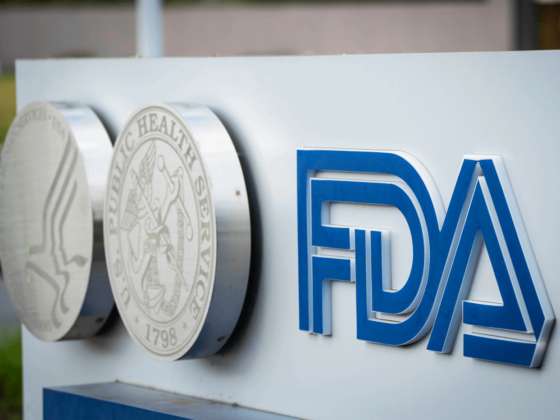According to a new international study it has been found that the key properties of the spikes of SARS-CoV-2, the virus which causes Covid-19, are consistent with those of several laboratory-developed protein spikes which is designed to mimic the infectious virus.
The manufacture of protein “spikes” is a dominant component in designing serological tests and vaccines to protect against coronavirus. These recombinant spikes are closely mimicked by those sticking out of the surface of the infectious virus and triggers the body’s immune system into action.
For serological testing (also referred to as antibody testing) and as research reagents the Laboratory manufactured spikes are used.
The study conducted by the researchers at the University of Southampton in the UK proved that viral spikes manufactured through different methods in laboratories across the world are highly comparable and provide assurance that the spike can be robustly manufactured with negligeable variations between laboratories.
The lead researcher Max Crispin, Professor of Glycobiology at the varsity said, “Over the last year we have seen vaccines developed around the world at an unprecedented rate and the rapid development, and validation, of recombinant proteins have been fundamental to that success story.”
The team examined the glycan coatings on recombinant spikes developed in five laboratories across the globe for the study and the spikes of the infectious virus were compared to them. The spikes on the SARS-CoV-2 virus are coated in sugars, known as glycans, which they use to disguise themselves from the human immune system.
The profusion of these glycans has the possibility to create significant inconsistencies between studies that use different recombinant spikes. Crispin and his team in April 2020, had planned the glycan coating of the SARS-CoV-2 spike for the first time.
In the current study, they extended their investigation to examine recombinant spikes developed in laboratories at the Amsterdam University Medical Centre, Harvard Medical School, the University of Oxford, and the Swiss company ExcellGene. At Tsinghua University, China the glycosylation of inactivated virions studied the different batches of spike protein were shown to mimic its key features.
“The ability to produce mimics of the SARS-CoV-2 spike protein with high fidelity at many different laboratories, all of which recapitulate the glycan signatures of the authentic virus, is of significant benefit for vaccine design, antibody testing and drug discovery,” Crispin said.











